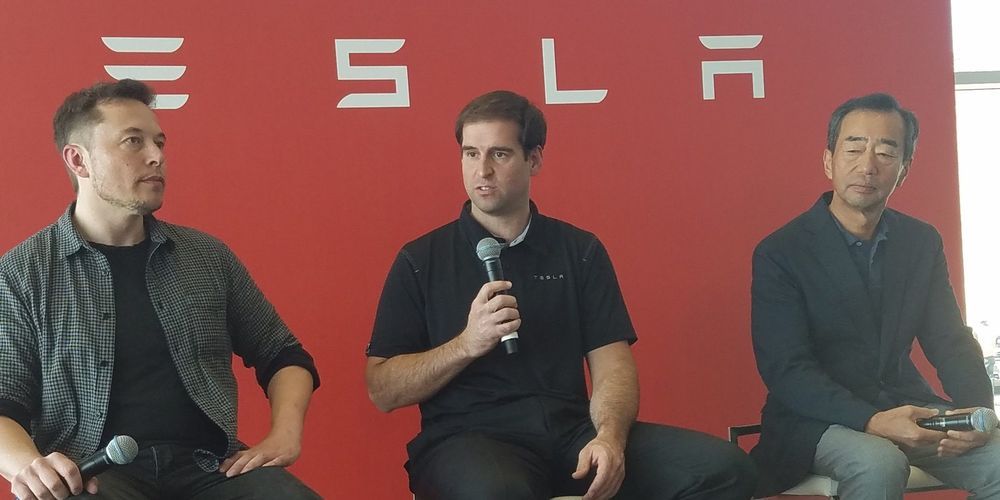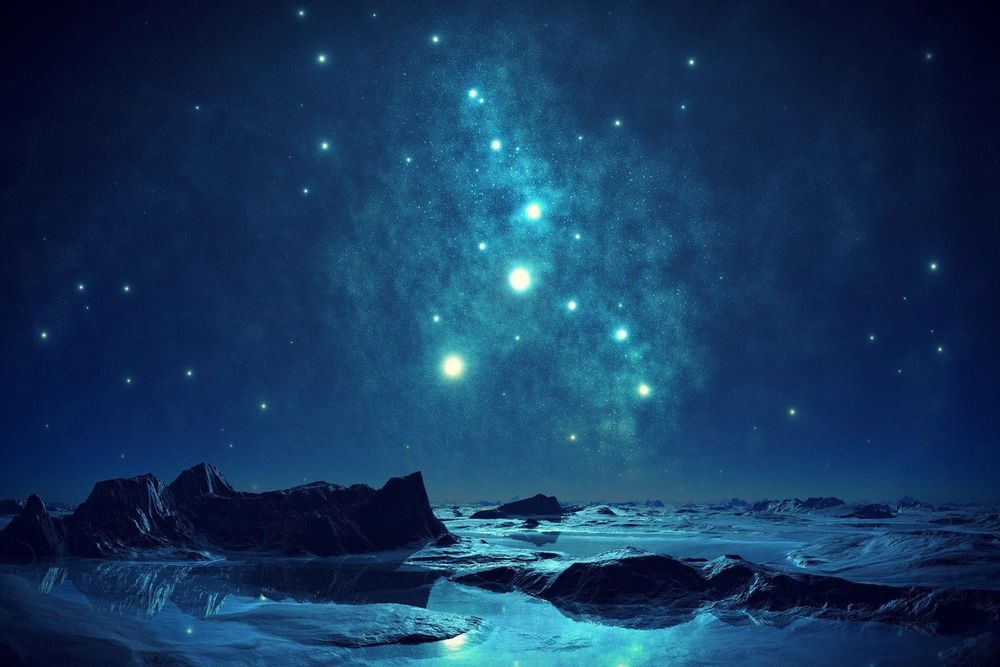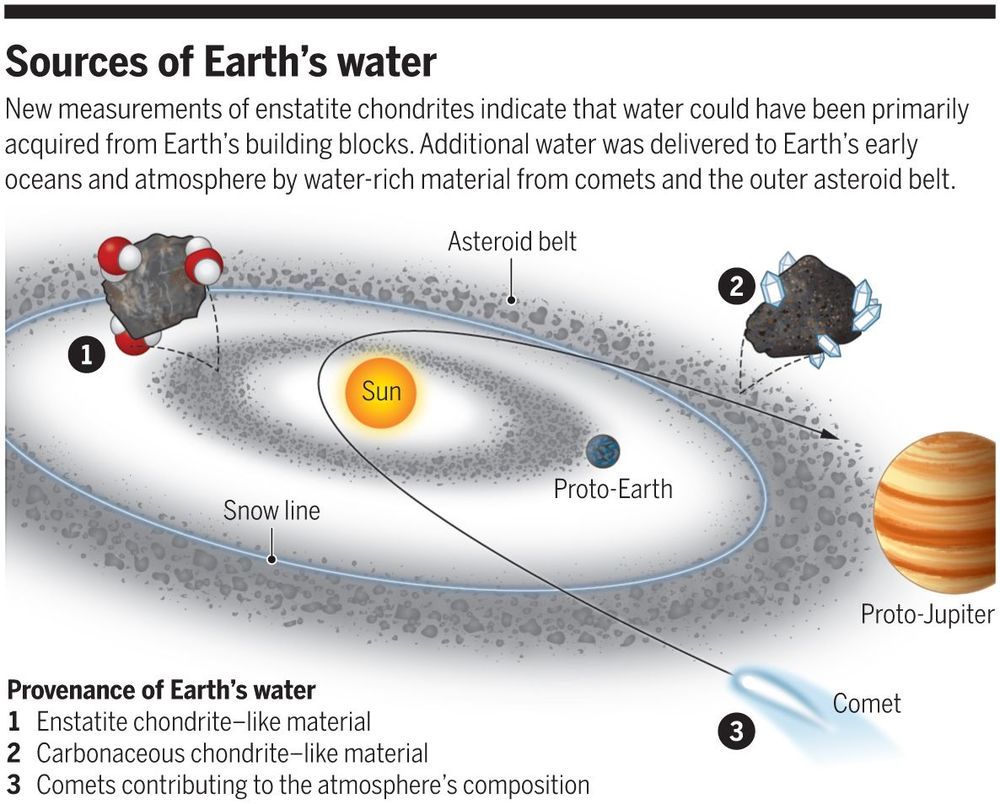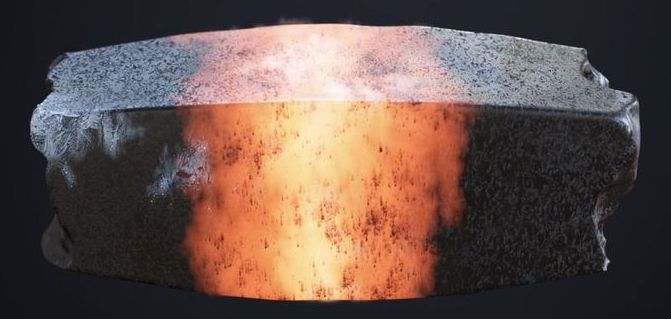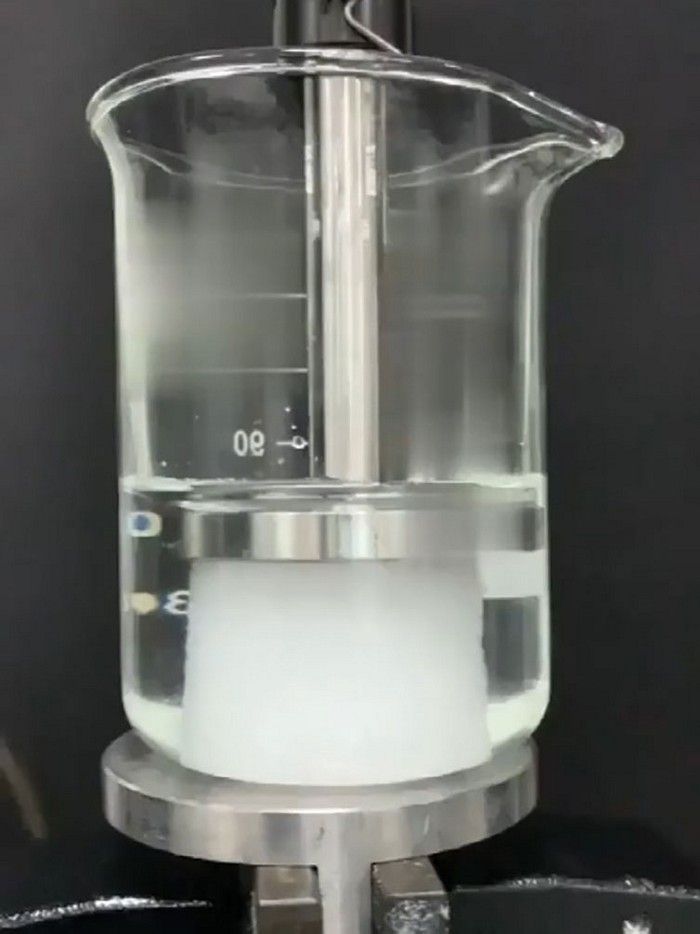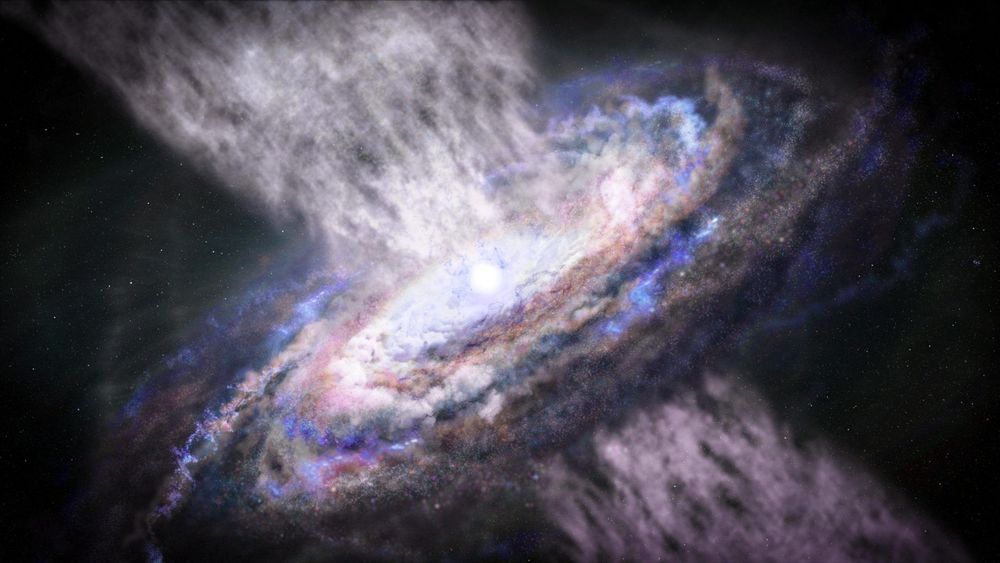Meteorite material presumed to be devoid of water because it formed in the dry inner Solar System appears to have contained sufficient hydrogen to have delivered to Earth at least three times the mass of water in its oceans, a new study shows.
While the idea that enstatite chondrite (EC) meteorites contained enough hydrogen to provide water to the growing proto-Earth has been proposed, efforts to rigorously test this scenario have been hampered by difficulties in measuring hydrogen concentrations in ECs — an obstacle this study overcame.
According to models of Solar System formation, Earth should be dry. However, our blue planet’s vast oceans, humid atmosphere and well-hydrated geology boldly defy such predictions, making it unique among the other rocky planets of the inner Solar System.

